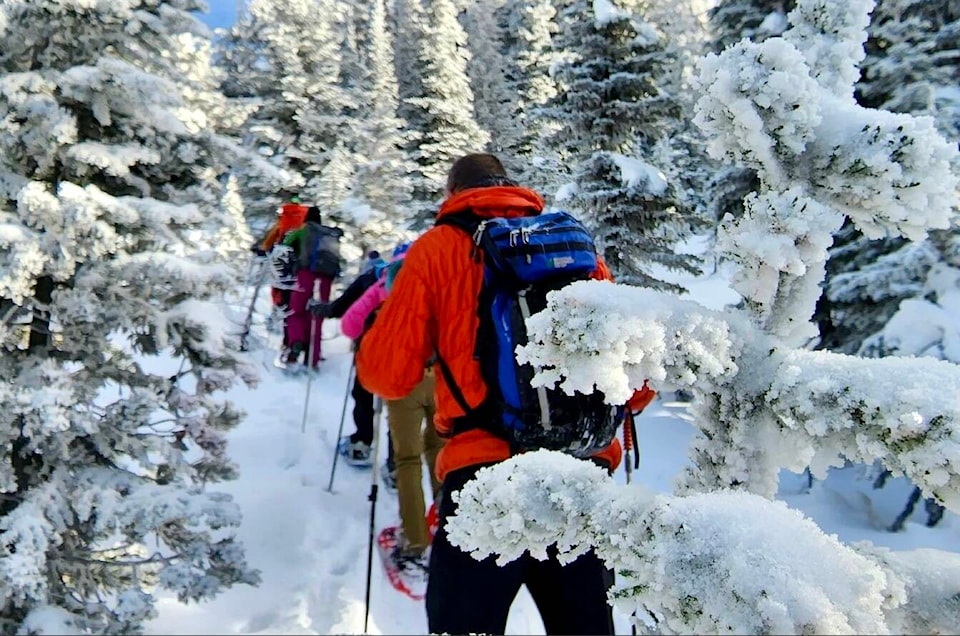Avalanche Canada is giving outdoor adventurers the heads up about a new flexible forecast system that makes it easier for users to get the information they need to plan safe trips into the backcountry.
With the new system, forecast regions are dynamic, with boundaries that change in response to conditions.
This allows forecasters to communicate variability more effectively. For example, regions impacted by weather systems or existing avalanche problems can be separated from areas that are not affected.
When conditions are relatively uniform over large areas, users can expect to see fewer forecast regions.
Conversely, when variability is high there will be more forecast regions to reflect this.
Forecasters will determine the regional boundaries every day, so there are no longer fixed forecast regions or region names.
The information is also more tailored to expected conditions.
As well, the Avalanche Canada homepage map has a new look and feel. Users can quickly determine their forecast region by using the new search functionality. To do this, simply enter the destination in the search bar.
The map will centre on that location, and the user can open the corresponding forecast with a single click.
To reflect their highest danger rating, the regions are now coloured. This, along with the ability to hover over a region and see an abbreviated description of that rating, enables users to better visualize the danger where they plan to recreate.
Map layers and other pertinent information can be added or removed from the forecast map, and now implemented is a colour-blind safe version to improve accessibility. These design changes reflect best practices in risk communication and are consistent with the approach used by most public forecasting agencies worldwide.
To learn more visit: Avalanche.ca.
